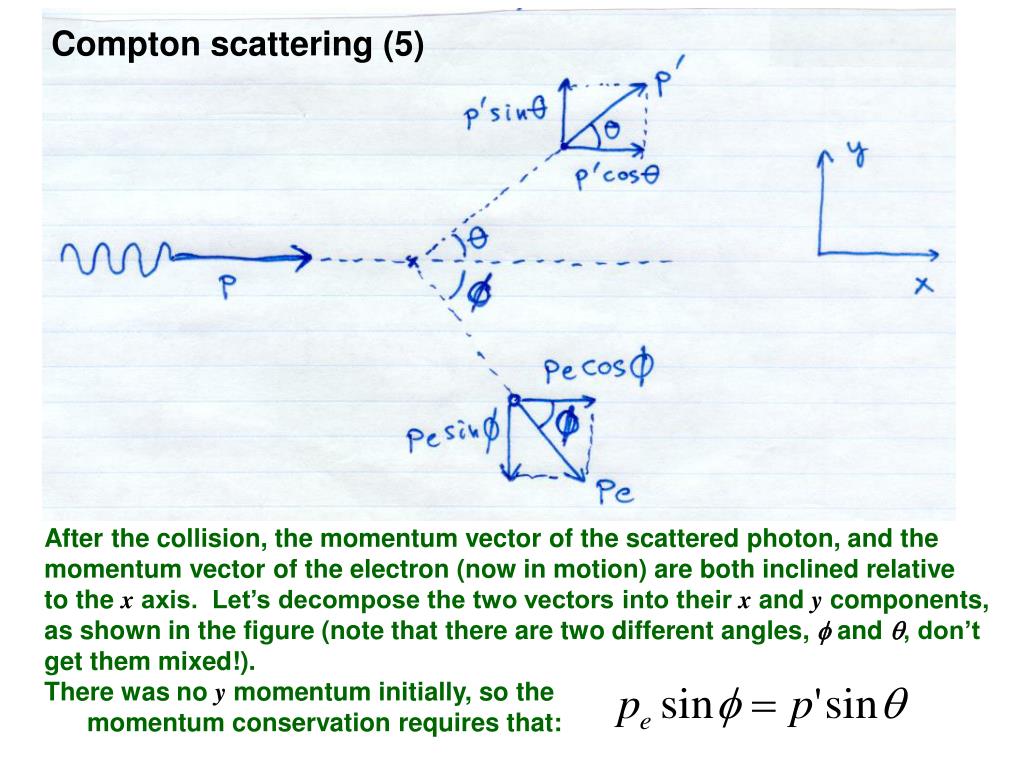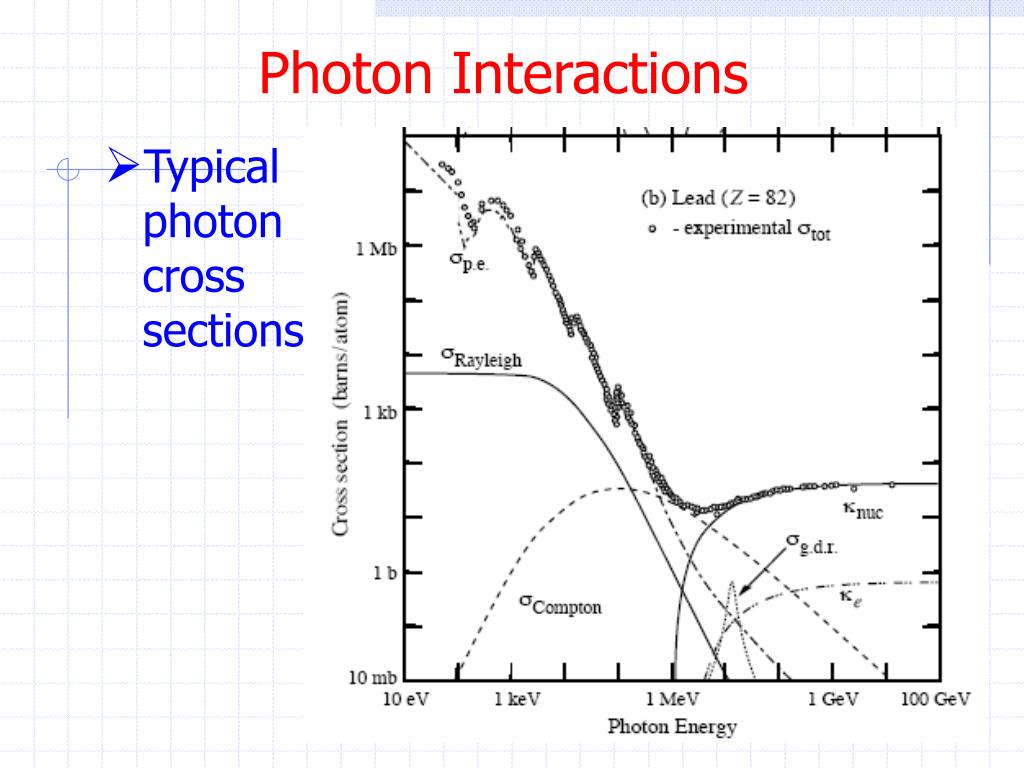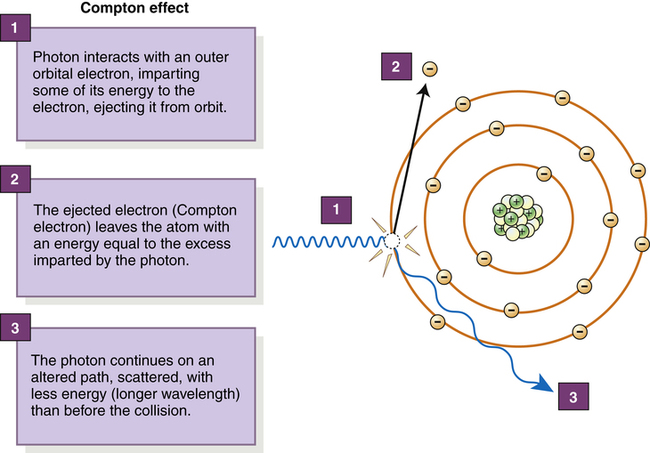


The effect is also observed when photons from the cosmic microwave background move through the hot gas surrounding a galaxy cluster. This is believed to cause the power law component in the X-ray spectra (0.2-10 keV) of accreting black holes. The lower energy photons produced from this spectrum are scattered to higher energies by relativistic electrons in the surrounding corona. In X-ray astronomy, the accretion disk surrounding a black hole is believed to produce a thermal spectrum. Inverse Compton scattering is important in astrophysics. Compton suppression is used to detect stray scatter gamma rays to counteract this effect. In material physics, Compton scattering can be used to probe the wave function of the electrons in matter in the momentum representation.Ĭompton scattering is an important effect in gamma spectroscopy which gives rise to the Compton edge, as it is possible for the gamma rays to scatter out of the detectors used. To make that switch useĬompton scattering is of prime importance to radiobiology, as it happens to be the most probable interaction of high energy X rays with atomic nuclei in living beings and is applied in radiation therapy. This is equivalent to the Compton scattering equation, but it is usually written using λs rather than fs. Now the left-hand side can be rewritten as simply Now divide both sides by m c 2 and then by : Then divide both sides by ' − 2 h' to see First by multiplying both sides by c 2:Ī few terms cancel from both sides, so we have Then we have two equations for (eq 3 & 4), which we equate: Is the angle by which the photon's heading changes,īegin with energy and momentum conservation:Īnd are the energy and momentum of the photon andĪnd are the energy and momentum of the electron. Is the wavelength of the photon after scattering, Is the wavelength of the photon before scattering, The final result gives us the Compton scattering equation: Relativistic dynamics: special theory of relativity.Light as a particle, as noted previously in the photoelectric effect.If the photon has sufficient energy (in general a few eV, right around the energy of visible light), it can even eject an electron from its host atom entirely (a process known as the Photoelectric effect).Ĭompton used a combination of three fundamental formulas representing the various aspects of classical and modern physics, combining them to describe the quantum behavior of light. If the photon still has enough energy left, the process may be repeated. The interaction between electrons and high energy photons results in the electron being given part of the energy (making it recoil), and a photon containing the remaining energy being emitted in a different direction from the original, so that the overall momentum of the system is conserved. Compton's experiment convinced physicists that light can behave as a stream of particles whose energy is proportional to the frequency. Light must behave as if it consists of particles in order to explain the Compton scattering. Thomson scattering, the classical theory of an electromagnetic wave scattered by charged particles, cannot explain any shift in wavelength. The effect is important because it demonstrates that light cannot be explained purely as a wave phenomenon. Arthur Compton earned the 1927 Nobel Prize in Physics for the discovery. The Compton effect was observed by Arthur Holly Compton in 1923 and further verified by his graduate student Y. Although nuclear compton scattering exists, Compton scattering usually refers to the interaction involving only the electrons of an atom. The amount the wavelength increases by is called the Compton shift. Inverse Compton scattering also exists, where the photon gains energy (decreasing in wavelength) upon interaction with matter.

In physics, Compton scattering or the Compton effect is the decrease in energy (increase in wavelength) of an X-ray or gamma ray photon, when it interacts with matter.


 0 kommentar(er)
0 kommentar(er)
